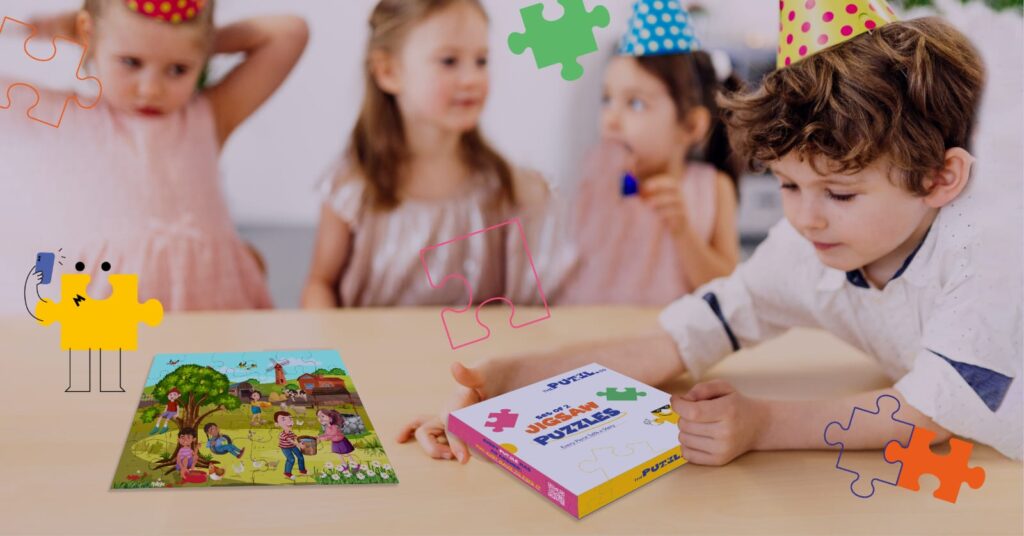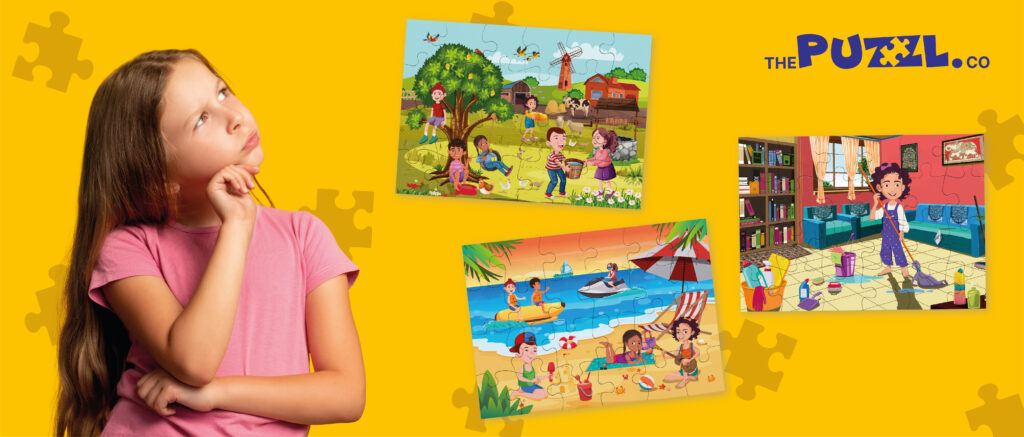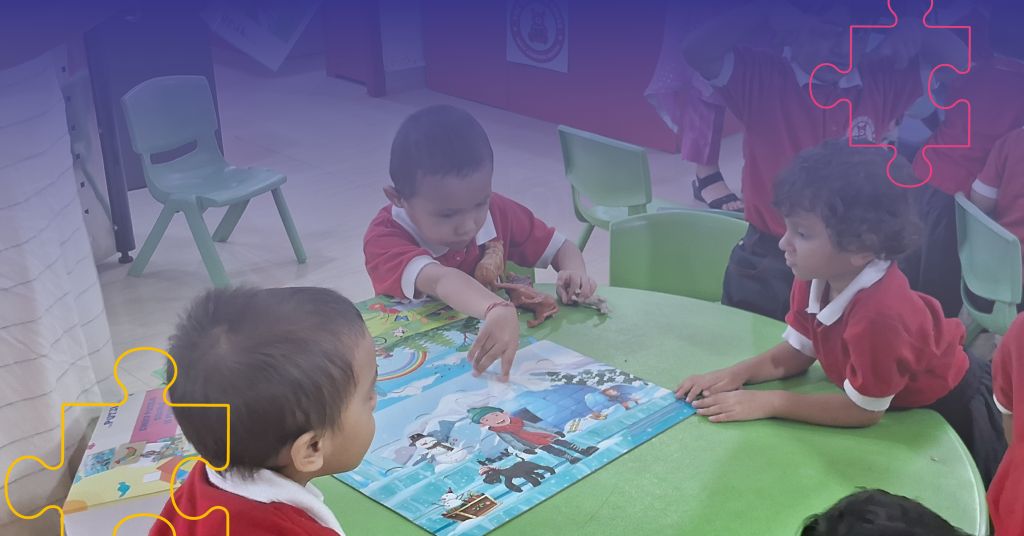Jigsaw puzzles are a timeless activity that blends fun, creativity, and mental stimulation. Whether you’re a seasoned puzzler or just starting, knowing the right strategies can make the process more enjoyable and less overwhelming. Here’s a comprehensive guide to help you solve a jigsaw puzzle with ease.
Choose the Right Puzzle
The first step in solving a jigsaw puzzle is selecting the right one. If you’re a beginner, start with a puzzle that has fewer pieces, preferably around 300-500. As you become more experienced, you can move on to puzzles with more pieces and complex designs. The image on the puzzle should also be appealing and clear, making it easier to identify and match the pieces.
Prepare Your Workspace
A well-organized workspace is crucial for an enjoyable puzzle-solving experience. Choose a flat, well-lit surface large enough to accommodate the puzzle and give you room to sort and organize pieces. A dedicated puzzle board or mat can be useful, especially if you need to move the puzzle before completion.
Sort the Pieces
Sorting the pieces before diving into the assembly can save you time and frustration. Start by flipping all the pieces right side up. Then, sort them into categories:
- Edge Pieces: These pieces have one flat side and will form the border of the puzzle.
- Corner Pieces: There are only four corner pieces, each with two flat sides. Set these aside immediately.
- Color and Pattern Groups: Group pieces based on similar colors, patterns, or distinctive features of the image. This will help you focus on specific areas of the puzzle later on.
Assemble the Border
Once sorted, start by assembling the border of the puzzle. This step provides a clear outline and makes it easier to fill in the rest of the puzzle. Use the corner pieces to guide the placement of the edge pieces. As you connect the border, keep an eye on the picture’s edges to ensure everything aligns correctly.
Focus on Sections
With the border in place, the next step is to focus on specific sections of the puzzle. Look at the image on the box and identify distinct areas, such as a sky, buildings, or animals. Work on one section at a time, using the sorted color and pattern groups to guide you. This approach helps break down the puzzle into manageable parts, making the process less daunting.
Connect the Sections
As you complete different sections, start connecting them. Look for pieces that can bridge gaps between the sections you’ve already assembled. This step requires some patience and careful observation, as the pieces might not immediately seem to fit together. However, once a few sections connect, the puzzle will start coming together more quickly.
Stay Organized
Staying organized throughout the process is key to avoiding frustration. Keep the pieces you’re not currently working on neatly arranged. If a particular section proves too challenging, set it aside and move on to another area. This keeps the momentum going and prevents you from feeling stuck.
Adjust and Refit Pieces
Occasionally, you might find that a piece you placed earlier doesn’t fit as well as you thought. Don’t hesitate to adjust and refit pieces as needed. It’s better to correct a mistake early on than to struggle with it later when more pieces are in place.
Finishing Touches
As you near completion, the remaining pieces will likely fit more easily into the puzzle. However, don’t rush the process. Carefully place each piece to ensure it fits snugly. The satisfaction of placing the final piece is a rewarding moment, so savor it!
Preserve or Disassemble
After completing the puzzle, you have two options: preserve it or disassemble it. If you’re particularly proud of your work, consider framing the puzzle as artwork. Puzzle glue is available to keep the pieces intact. Alternatively, you can break the puzzle down and store it for future use or pass it on to someone else to enjoy.
Also Read: Choosing The Right Jigsaw Puzzles For Every Age
Solving a jigsaw puzzle is more than just an activity; it’s a journey that involves patience, attention to detail, and problem-solving skills. By following these steps, you can turn any jigsaw puzzle into an enjoyable and satisfying experience. Whether you’re doing it alone or with family and friends, the process of piecing together a beautiful image is a rewarding and fulfilling challenge.



